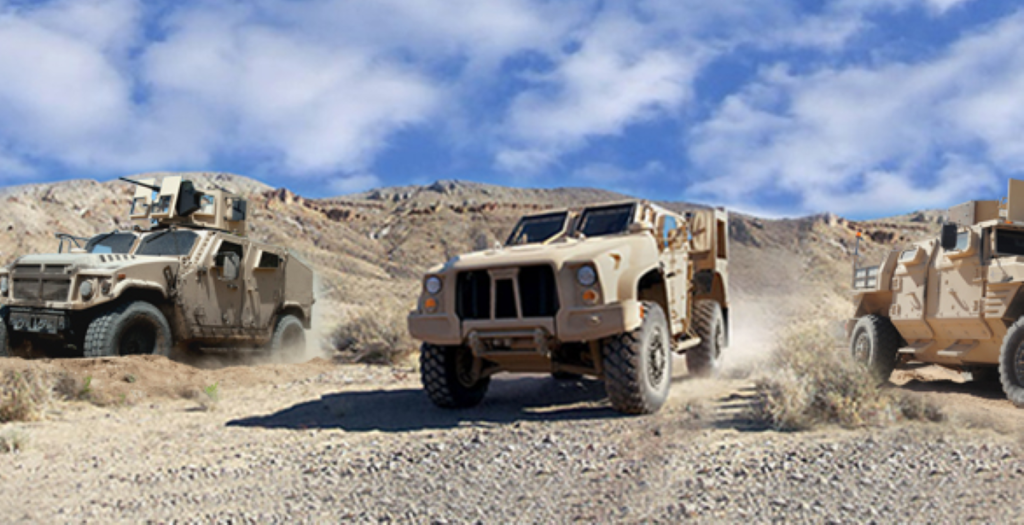Top U.S. Army leaders have pitched an unorthodox strategy.
Others are reading now
Top U.S. Army leaders have pitched an unorthodox strategy.

Facing mounting pressure to cut military spending, top U.S. Army leaders have pitched an unorthodox strategy: make the cuts themselves before anyone else does.
Their proposal has the backing of Elon Musk, JD Vance and now, potentially, the Pentagon.
Here’s how the Army plans to reshape its structure, trim spending, and phase out legacy weapons systems before Congress or the White House makes the call.
Also read
A Budget Strategy with Musk’s Blessing

In a March meeting at the White House, Army Secretary Dan Driscoll and Army Chief of Staff Gen.
Randy George proposed a dramatic plan: pre-emptively cut wasteful spending.
Elon Musk and Vice President JD Vance agreed to the approach, coined informally as “DOGEing themselves.”
The idea is to avoid external mandates by taking control of which programs and positions are reduced internally.
Phasing Out Humvees and JLTVs

Two major Army vehicle programs are on the chopping block: the Joint Light Tactical Vehicle (JLTV) and the legacy Humvee.
Instead, Army leaders want to prioritize the newer Infantry Squad Vehicle (ISV), a lighter, more agile alternative for modern operations.
Cutting General Ranks and Civilian Jobs

Driscoll and George believe the Army is top-heavy and bureaucratically bloated. They’re proposing cuts to general officer billets and the elimination of thousands of civilian roles deemed redundant.
Early estimates suggest 20,000 civilian jobs could be cut in the first wave alone.
Restructuring Army Command

The plan also includes merging overlapping commands. Among those discussed: U.S. Army North, U.S. Army South, and U.S. Futures Command.
Army officials argue that consolidating these could streamline operations and save significant overhead costs.
Replacing Outdated Tech

The Army wants to stop procuring older models like the AH-64 Apache Delta variant and the Gray Eagle drone, favoring newer versions instead.
Leaders hope to shift focus toward systems that are lighter, more efficient, and aligned with future combat needs.
Preempting Congress with a DoD Directive

To protect these reforms from political interference, Pentagon officials have drafted a DoD Directive granting the Army more autonomy over acquisitions.
Once signed, it would allow military leaders to select vehicles, drones, and systems without Congress reversing their choices during budget negotiations.
A PR Campaign to Win Public Support

To counter expected resistance in Congress, the Army has hired MAD Global Strategy, an outside consulting firm with ties to Vance’s Senate campaign.
Their job: place stories in targeted districts showing why certain Army programs are outdated or inefficient.
Examples will include vehicles too heavy for bridges and overpriced software that could be built cheaper in-house.
A Leaner, Smarter Army

Col. Dave Butler, an Army spokesperson, summed up the strategy: “We have to stop spending money on yesterday’s equipment and invest in war-winning technology.”
The push is about prioritizing combat formations and trimming the overhead that, as Butler noted, has become “bloated and ineffective” over the last two decades.


